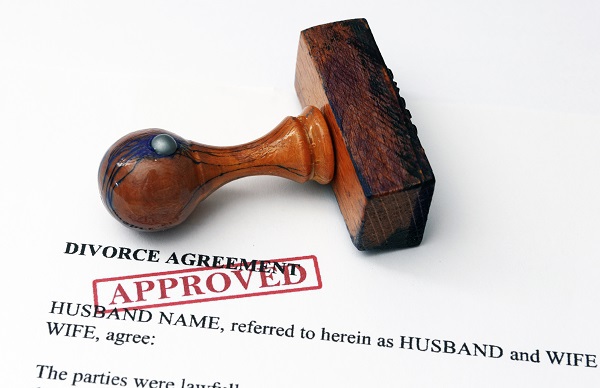Harassment can take many forms. During an emotional time, such as a divorce, power struggles and frustration can lead to disturbing behavior from your spouse. Though it may seem like just one more hurdle to overcome, there are ways of dealing with harassment during your divorce.
What Behavior Rises to the Level of Harassment?
California Code of Civil Procedure 527.6 defines harassment as “unlawful violence, a credible threat of violence, or a knowing and willful course of conduct directed at a specific person that seriously alarms, annoys, or harasses the person …”
That may sound vague, but the Code also defines “course of conduct” by listing the following behaviors:
- Following or stalking an individual
- Making harassing telephone calls to an individual
- Sending harassing correspondence to an individual by any means, including, but not limited to, the use of public or private mails, interoffice mail, facsimile, or email.
If someone is threatening you, make sure you are in a safe place. Then, seek court intervention.
What Kind of Order Might Help?
A restraining order is often used to curb such harassing behavior. There are four types of restraining orders:
- Domestic violence;
- Civil harassment;
- Elder abuse; and
- Workplace violence.
Also, protective orders may be temporary (usually for 20-25 days), permanent (lasting for up to 5 years), or criminal (if the harasser is charged with a crime, for 3 years after the case is over).
When harassment is done by a spouse, ex-spouse, registered domestic partner, someone you formerly dated or lived with as more than roommates, or a close relative, you may ask for a domestic violence restraining order.
However, when harassment does not meet the criteria for domestic violence, a civil harassment restraining order can be used to stop the abuse.
What Can a Restraining Order Do?
First, it’s important to understand the people involved in the restraining order, also called a protective order. The person asking for the order is the “protected person.” Often, other people are included as protected persons, including family members or others living with a protected person. The person who is accused of harassment is the “restrained person.”
A protective order may seek to stop specific behaviors, like stalking, hitting, or destroying personal property. In addition, some orders require the restrained person to stay a certain distance away from the protected persons. For example, a spouse may be told to stop emailing their spouse during a divorce and to stay at least 100 yards away from the children’s school.
When a restrained person violates a protective order, consequences include paying a fine, going to jail, or both.
Take Care of You.
If you are being harassed, abused, or threatened, help is available:
- Ask trusted friends and family members to help.
- Contact your local domestic violence shelter.
- Call the National Domestic Violence Hotline (1-800-799-7233).
- Call 911 if you or a loved one is in immediate danger.
You Don’t Have to Do This Alone.
Divorces are hard on everyone involved. We’re here to help. Please call us at (415) 293-8314 to schedule a confidential appointment with one of our attorneys.
Ms. Burger is a California Certified Family Law Specialist and founder of the Law Offices of Judy L. Burger. We assist clients in California’s Northern to Central Cost, including San Francisco, Gold River, Santa Barbara, Ventura/Oxnard, and surrounding communities.




